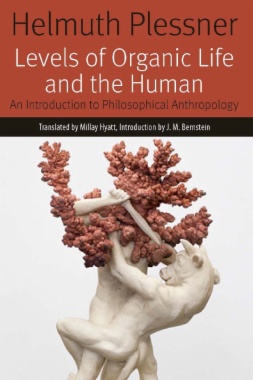There was a thoughtful frown on the face of the man who was the possessor of twenty million dollars. He was a tall, spare man, with a fringe of reddish-brown hair encircling a bald spot. His blue eyes, fixed just now in a steady gaze upon a row of ponderous law books across the room, were friendly and benevolent in direct contradiction to the bulldog, never-let-go fighting qualities of the square jaw below the firm, rather thin lips. The lawyer, a youthfully alert man of sixty years, trimly gray as to garb, hair, and mustache, sat idly watching him, yet with eyes that looked so intently that they seemed to listen. For fully five minutes the two men had been pulling at their cigars in silence when the millionaire spoke. "Ned, what am I going to do with my money?" Into the lawyer's listening eyes flashed, for a moment, the keenly scrutinizing glance usually reserved for the witness on the other side. Then quietly came the answer. "Spend it yourself, I hope-for some years to come, Stanley."

